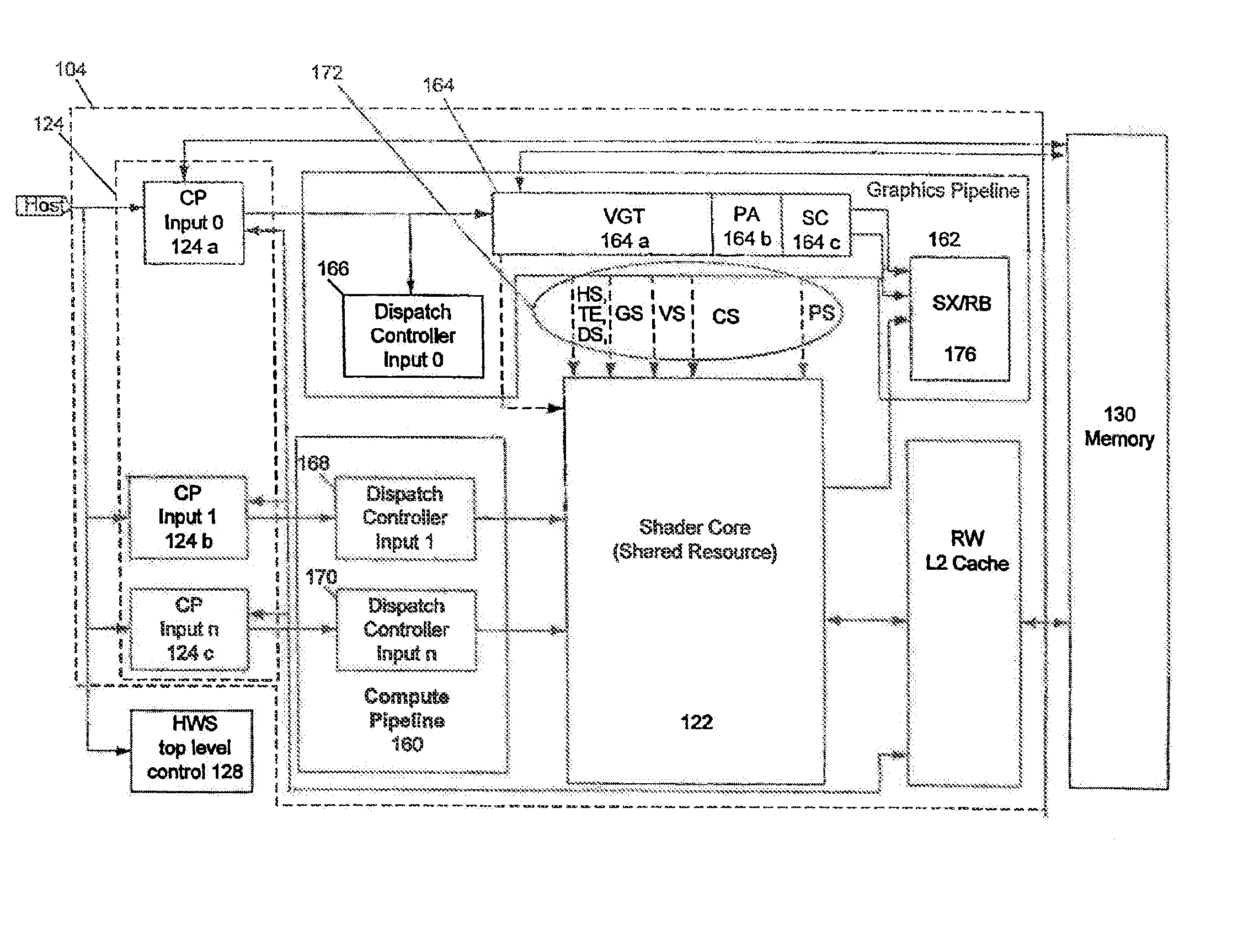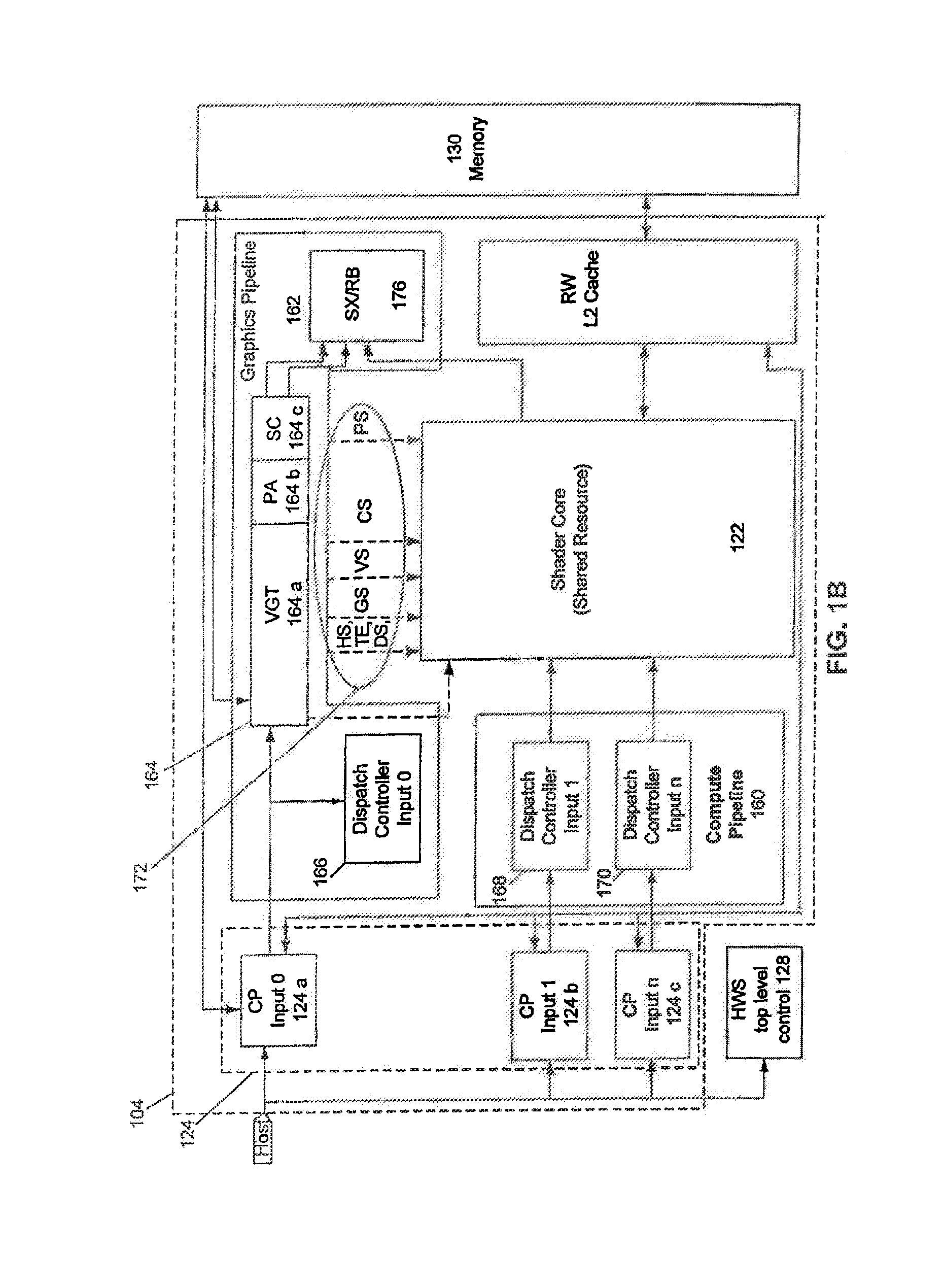Infrastructure Support for Accelerated Processing Device Memory Paging Without Operating System Integration
- Summary
- Abstract
- Description
- Claims
- Application Information
AI Technical Summary
Benefits of technology
Problems solved by technology
Method used
Image
Examples
Embodiment Construction
[0013]What is needed is an improved combined CPU / GPU architecture. Additionally, an architecture which does not require any or significant changes to legacy operating systems would be desirable.
[0014]Certain embodiments of the present invention provide a CPU and GPU which share a unified address space and the combined CPU / GPU architecture includes infrastructure between the cores of the CPU and the I / O Memory Management Unit of the GPU. Also provided in certain embodiments of the present invention is an improved infrastructure that provides notification and control information flow to enable the use of the I / O Memory Management Unit of the GPU for the unified address space without requiring changes to legacy operating systems.
[0015]Although GPUs, accelerated processing units (APUs), and general purpose use of the graphics processing unit (GPGPU) are commonly used terms in this field, the expression “accelerated processing device (APD)” is considered to be a broader expression. For e...
PUM
 Login to View More
Login to View More Abstract
Description
Claims
Application Information
 Login to View More
Login to View More - R&D
- Intellectual Property
- Life Sciences
- Materials
- Tech Scout
- Unparalleled Data Quality
- Higher Quality Content
- 60% Fewer Hallucinations
Browse by: Latest US Patents, China's latest patents, Technical Efficacy Thesaurus, Application Domain, Technology Topic, Popular Technical Reports.
© 2025 PatSnap. All rights reserved.Legal|Privacy policy|Modern Slavery Act Transparency Statement|Sitemap|About US| Contact US: help@patsnap.com



